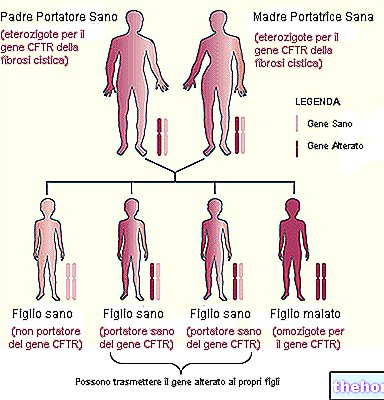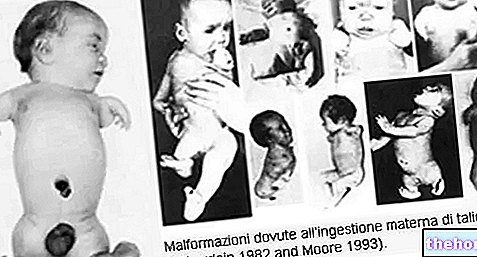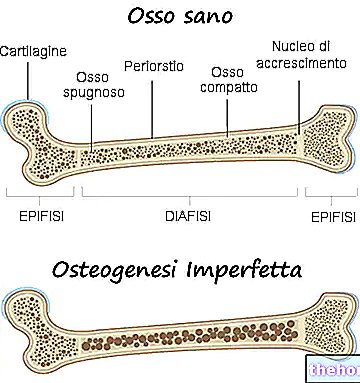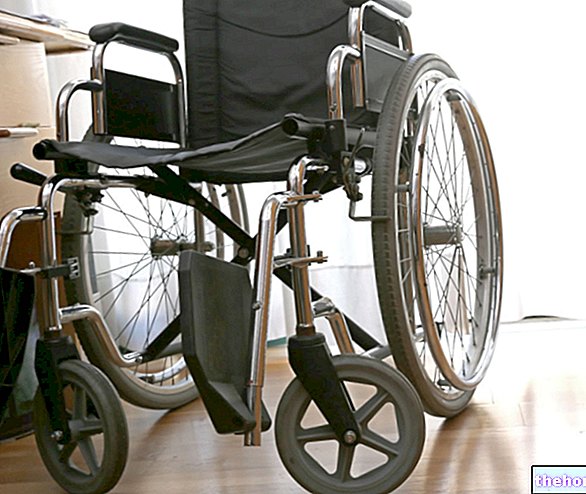Generality
Cystic fibrosis is the most common autosomal recessive disease in the Caucasian population, affecting approximately 1 in 2,500 individuals.
This pathological condition is known for its harmful effects on the respiratory system, but it also affects other systems such as the digestive and reproductive systems.
In individuals with cystic fibrosis, the airways are clogged with thick and viscous mucus, which is difficult to clear even with the most vigorous cough. Breathing becomes difficult and patients - if continual efforts are not made to keep the airways clean several times a day - risk dying from their own secretion. Cystic fibrosis sufferers frequently die from pneumonia, as clogged airways provide a fertile environment for bacteria to grow.

Causes
Cystic fibrosis is caused by mutations in the cystic fibrosis transmembrane conductance regulator (CFTR) gene located at chromosome 7 (locus mapping: 7q31).
At least 1,500 mutations of the CFTR gene are known. The most frequent mutation is commonly called "Delta-F508" (DF508) and is caused by the deletion of 3 base pairs in exon 10, which results in the loss of phenylalanine at position 508.
The protein encoded by the CFTR gene is a transmembrane channel belonging to the superfamily of traffic ATPases or ABC transporters, located at the level of the apical membrane of epithelial cells and responsible for transporting the chlorine ion.
Under normal conditions, particular cells lining the airways secrete mucus along with an aqueous liquid that decreases its density. In cystic fibrosis the secretion of the aqueous fluid is greatly reduced, as a result the mucus becomes very thick and difficult to remove from the respiratory tract.
In the respiratory epithelium, like all liquid-carrying epithelia, the transport of water depends on the transport of solutes. To secrete water, the cells of the respiratory epithelium actively transport chlorine ions (Cl-) from the interstitial fluid to the lumen, creating a negative electrical potential that causes a passive flow of sodium (Na +) in the same direction. The movements of Na + and Cl - they raise the osmotic pressure of the liquid that wets the side of the epithelium facing the lumen, consequently the water moves passively according to the osmotic gradient, from the interstitial liquid to the lumen. The gene defect affecting the onset of cystic fibrosis prevents the transport of Cl- directly and indirectly interferes with the transport of Na + and water. Consequently, the osmotic gradient necessary for the secretion of water is not created in the epithelium.
Risk factors
- Family inheritance. Given that cystic fibrosis is a hereditary disease, which is transmitted in an autosomal recessive manner, it is important to consider the family history (anamnesis) of the future parents.
So, if children inherit only one copy (only one sick parent), they will not develop cystic fibrosis, but they will be asymptomatic carriers and could potentially pass the defective gene to their children. As shown in the figure, when two healthy carriers (heterozygous for the CFTR gene, therefore carrying only one copy of abnormal genes) have a child, there is a one in four chance (25%) that the child is affected by cystic fibrosis (homozygous for the CFTR gene).
- Population of belonging. The incidence of cystic fibrosis is higher in people of northern and European origin.
Clinical Symptoms and Signs
For further information: Cystic Fibrosis Symptoms
The severity of the symptoms can vary, depending on the course of the disease: most of the clinical signs affect the respiratory system and the gastro-intestinal system.





























